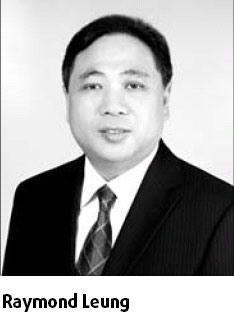TDK: Innovation breeds sustainability
Sustainable development, according to the World Commission on Environment and Development, is "development that meets the needs of the present without compromising the ability of future generations to meet their own needs".
In other words, development that can continue into the future is regarded as sustainable.
Globalization is a process in which all people of the world are unified into a single society and function together.
No nation can grow without affecting and being affected by others.

The three key parameters determining growth - the environment, society and the economy - must interact and play in a balanced manner.
Fine-tuning for balanced interplay can only be achieved with a substantial amount of innovation.
The environment refers to our surroundings - resources, pollution and land use. Society is about the social behavior of human beings, a nation's cultural fabric including religious aspects. And the economy relates to a system of practical human activities - production, distribution, exchange rates and consumption of goods and services of a country.
China is now creating a miracle of economy transformation. It has doubled its GDP in 8 years to $3.43 trillion. However, it also is facing threats of weakening global growth, possible domestic overheating, rising prices of natural resources and pollution - not to mention an increasing trade imbalance.
To cope with these pressures, China has introduced a series of five-year plans. The current five-year plan plans to maintain relatively high economic growth by targeting a per capita GDP of $2,500 by 2010. In order to conserve resources and be environmentally friendly, China plans to use 20 percent less energy and 30 percent less water. In addition, it aims to enhance technological innovation in renewable energy, transportation and controlled urbanization of remote regions.
China's innovation policy framework has four categories - financial policy, legislative actions and innovation support structure, and human resources policy, - introduced to sustain the growth of innovation. As of 2002, China had built 425 science and technology exhibition halls and nearly 600 tech incubation centers. Each year, 7,000 to 8,000 science education publications are published.
In the next 20 years, China will contribute to innovation in all aspects of business and will shift from incremental to fundamental improvement. The consumption-led economy in China - as well as India and other emerging economies - will help sustain global economic growth.
Raymond Leung is the chairman and CEO of TDK China
(China Daily 05/29/2008 page22)














